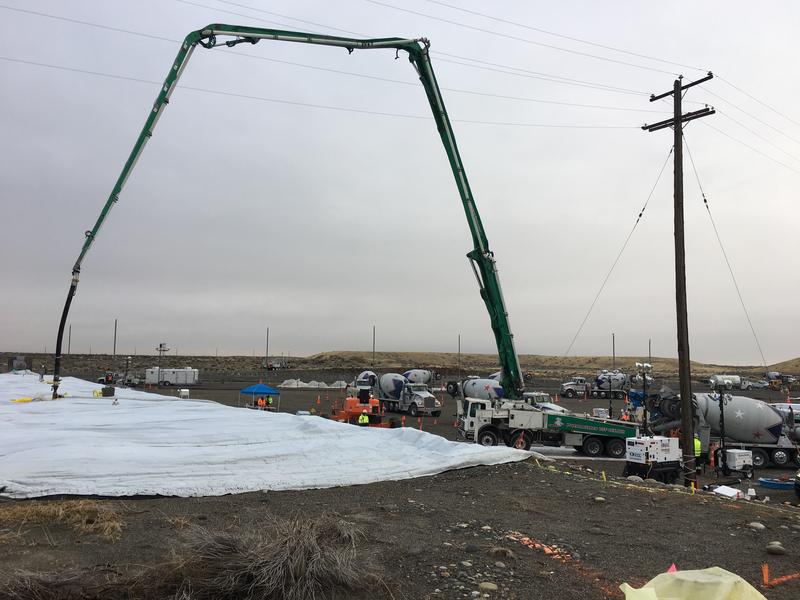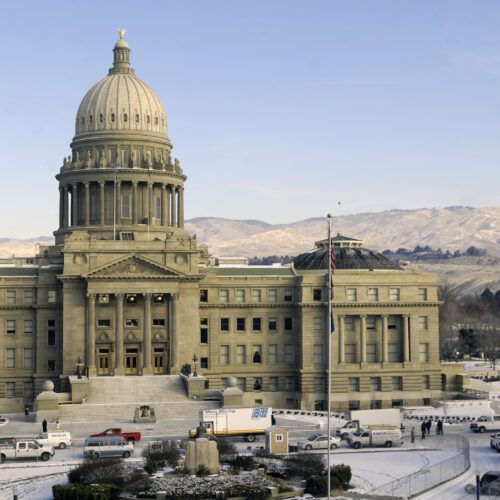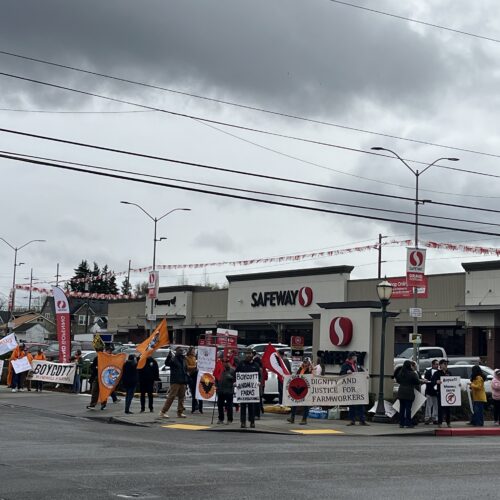
Partially Collapsed Hanford Tunnel Filled, But Concerns And Cleanup Work Remain
Listen
Remember the old train tunnel that partially collapsed at the Hanford nuclear site early this year? Government contractors have just finished filling it with grout.
It’s taken nearly 520 truckloads of grout to fill the tunnel, simply called Tunnel 1. Crews have been doing the work mostly at night since early October.
The tunnels have been of great concern because further collapse could hurt workers or throw up a plume of radioactive dust that could escape offsite.
Ron Skinnarland is with Washington’s Department of Ecology. He watches over much of Hanford’s cleanup, including the tunnels.
“I think the workers at the site did a great job in terms of doing this very risky work,” Skinnarland said. “I think we’re just really happy that Tunnel 1 is in a safer state now.”
Now that the grout is in place, it might be difficult to remove safely. Northwest tribes, especially the Yakama Nation, are concerned that the site will linger without further cleanup.
Federal officials expect to have a public plan for the second tunnel of waste in early December.
During the Cold War, the train tunnels were part of a large plutonium processing facility. They were intended to store huge pieces of equipment that were worn out and highly contaminated with radioactive waste.
Related Stories:

Idaho law: Health care providers, institutions can refuse care
A new law in Idaho gives health care professionals the right to refuse care based on personal beliefs or principles. (Credit: AP / Charlie Litchfield) Listen (Runtime 00:49) Read A

Whitman County reports first flu-related death of the season
Hospitalman Yenifer Gutierrez, left, and Hospitalman Brashea Ojeda treat COVID patients in the ICU Aboard USNS Comfort in April of 2020. Influenza deaths surpassed COVID-19 deaths for this first time

Unpacked: Giving spiritual meaning to food during Lent
For Lent this year, the Rev. Rene’ Devantier of Spokane’s Fowler United Methodist Church uses real food and drink elements. (Credit: Cody Wendt / FāVS News) Listen (Runtime 1:47) Read












